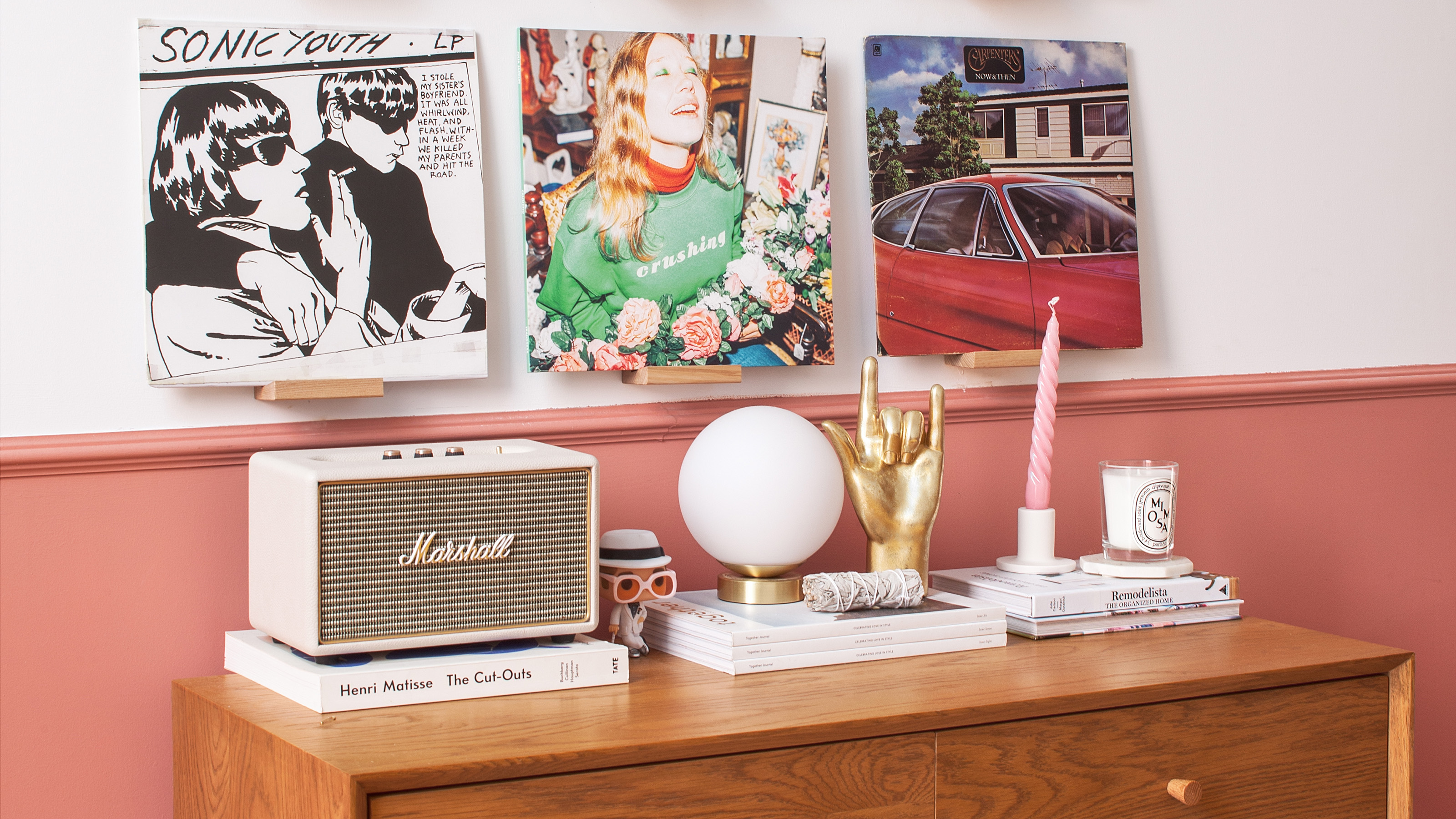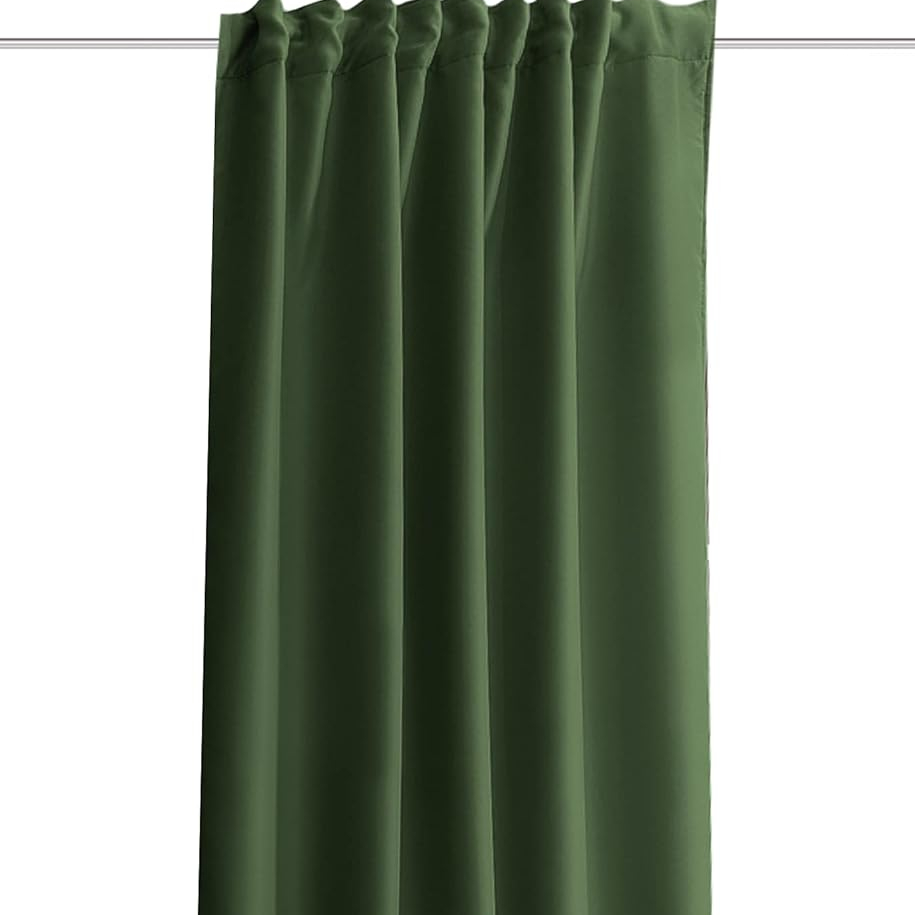Should you upgrade your TV room to a listening room? Everything you need to know about the emerging trend
We all know what a TV room is, but could a listening room be a better fit for your home?



A few decades ago listening rooms were all the rage, when listening to vinyl records or the radio was the norm. However, they are growing in popularity once again.
Like a cinema room, you can set up a dedicated listening room in a spare room in your home, unfortunately not all of us have the space for that But, if you've found yourself turning to podcasts rather than Netflix lately the other option is to upgrade your exsisting TV room into a listening room, and let the trend inspire your living room ideas.
What is a listening room?
While any room can technically be called a listening room – if it’s where you listen to your favourite vinyl records, tune into your favourite podcast, or even watch movies – a listening room is designed to maximise the listening experience.
‘It's a room where acoustics are carefully controlled and tailored to ensure that there's only the highest quality of sound reproduction,’ says Lee Trethewey, General Manager at Sustainable Furniture. In doing so it helps to create an immersive experience for the listener, with the sound surrounding them as they sit back and listen or watch.
And the ultimate ‘goal of a listening room is to get rid of any unwanted noise, distortion, and distractions, meaning that the listener can hear audio perfectly clear,’ Lee continues.

‘Originally these spaces were designed to enhance the experience of listening to music or watching movies, but they have since evolved to also be places where you can enjoy some peace and quiet, meditate or read - offering a respite from the stresses of daily life,’ says Industville's Founder, Mara Rypacek Miller. So, the room can still be multifunctional, if you don’t have room for say a separate reading nook and a listening room.
Essentially, ‘a good listening room harmonises acoustics, speaker placement, listening position, and room design to create an environment where sound can be experienced in its truest form,’ reveals Cintia Pino, Marketing Director at Goldmund. And here’s how you go about doing that.
Sign up to our newsletter for style inspiration, real homes, project and garden advice and shopping know-how
What makes a good listening room?
There are a number of key features that help to make a listening room as effective as possible.
According to Kevin Walmsley, Audio Visual Expert at AO.com, you’ll ‘first want to choose the space very carefully.’ This is because ‘your room dimensions and shape can affect how sound waves interact, which influences your bass response and overall clarity.’ Because of this, you’ll want to avoid square rooms and instead look to use a medium-sized rectangular room.
You’ll also want to invest in some comfortable seating, consider the best sofas to make sitting back and enjoying the sound as pleasant as possible.
What you'll need
How can I improve my listening room acoustics?
One of the easiest and most cost-effective ways to improve the acoustics is by ‘reducing the number of reflective, hard surfaces,’ Lee proposes. This means ‘covering up hard surfaces like windows, glass or bare walls with curtains, carpets or diffusers to reduce sound reflections.’
You should also use soundproofing materials such as door seals to help prevent external noise from entering the room.
‘Acoustic panels can also improve the acoustics of your listening room,’ says MyJobQuote.co.uk’s Interior Design Expert, Ryan McDonough. ‘This doesn’t mean the whole room has to be covered in them but start with some to the left and right of the speakers and behind the seating area. These are the reflective hotspots.’

Lee also has a handy trick for helping to decide where to place acoustic panels in your room. Basically, you are looking for the ‘points where sound first reflects off the walls, floor, or ceiling.’ And you can actually ‘use the mirror method to find these points – sit in the listening position and have someone move a mirror along the wall until you see the speaker's reflection,’ he explains.

In addition to this, where you position your speakers will also impact the performance of your sound system. There’s such a thing as a ‘sweet spot’ – ‘this is where you create an equilateral triangle from two speakers and the listening position. The listener forms the ‘point’ of the triangle and the speakers are at each corner,’ according to Alan O’Rourke, Founder of Ruark Audio.
Alan recommends using a tape measure to ensure that the speakers are equidistant. ‘You want the sound from the left and right speakers to hit your ears simultaneously so that the audio is perfectly balanced. We’d also recommend placing them at least six feet apart to maintain that stereo separation,’ he continues.
What is the ideal height to place speakers in a listening room?

The experts all agree that you should try to position your speakers at ear level, when seated. Obviously this can vary from listening room to listening room and you’ll most likely want to purchase and situate your seating before you go about fixing your speakers in place.
‘As a general rule, in smaller rooms, placing speakers closer to the walls can create a more intimate sound. While in larger rooms, placing speakers further away from the walls can help to avoid rebounding sound,’ says Grant Fraser, Audio and Soundproofing Expert at London Soundproofing.
You may also prefer to go with floor mounted speakers or wall mounted ones, depending on the overall design of the room. But either way, having them at the right height will truly immerse you in the sound.
Many of these changes can easily be made to a TV room or living room to help block out noisy neighbours and immerse yourself in the music or show you're listing too. Will you be diving into the listening room trend?

Ellis Cochrane has been a Freelance Contributor for Ideal Home since 2023. Ellis has been writing about homes, interiors and gardens for four years now, with her also contributing to House Beautiful, Country Living, Expert Reviews, Real Homes and Stylist.





